SIHH 2016 – The new IWC Pilot’s Watch Mark XVIII – The Definition of a Classic Re-visited
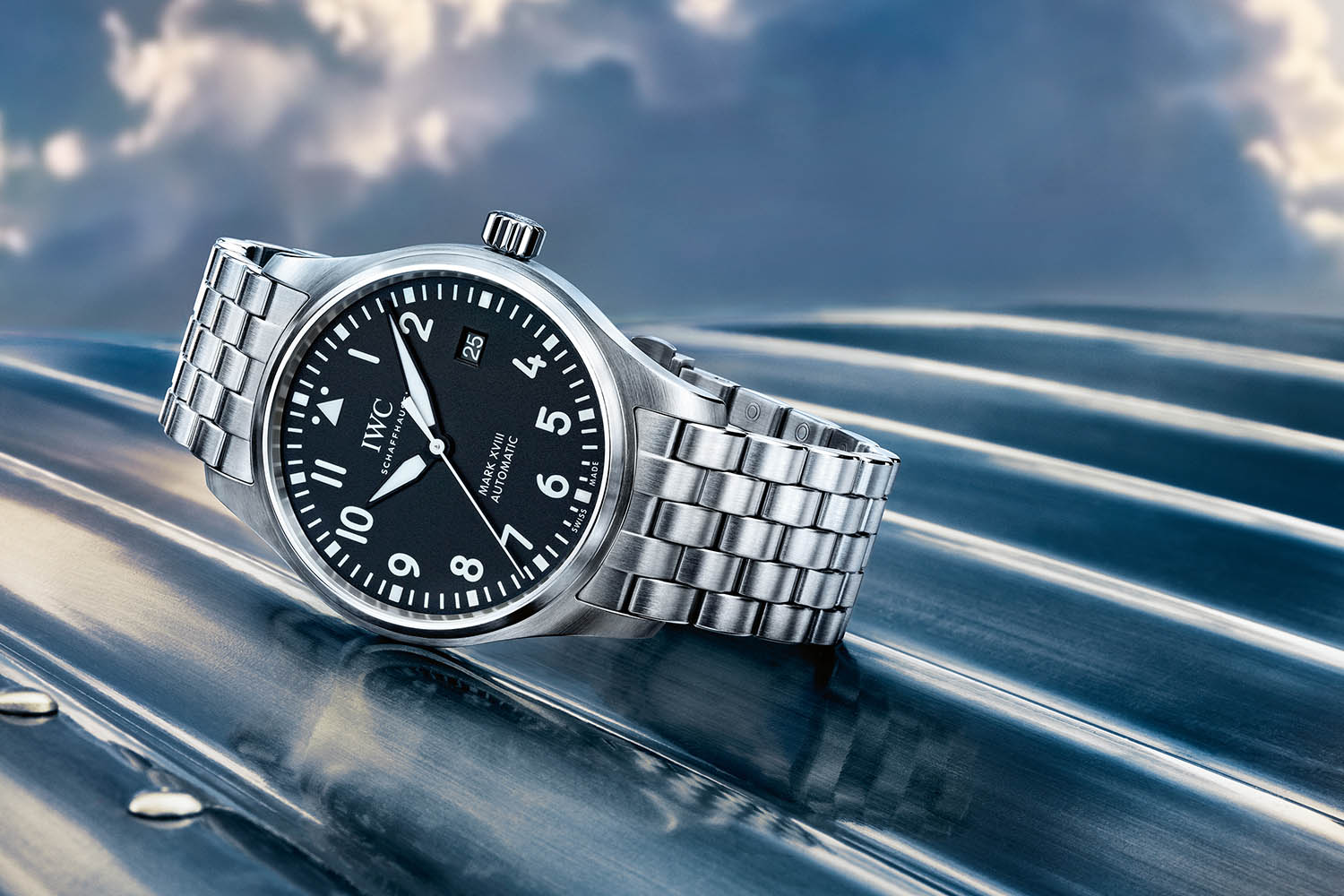
It is an undeniable fact that the IWC Mark (Mk) is one of the most important military/aviation watches ever created. What started as a life saving tool watch for the navigators and flying officers of the British RAF transformed, as all mechanical watches have, into an elegant wristwatch, which in parallel keeps all the qualities of its ancestors. In many ways the latest versions of the Mark constitute THE excellent ordinary watch. There are more than meets the eye here. Pure, unobtrusive and long lasting the mark series have always defined how a proper wristwatch should be made and this year IWC proudly introduces a new variant, the IWC Pilot’s Watch Mark XVIII.
The Lineage
The first wristwatch from IWC specifically designed for Aviators was the originator of the Mark series, produced in 1936. The Spezialuhr für Flieger (Special Pilot’s Watch) had a black dial, high contrast luminous hands, and a rotating bezel, which helped its user to measure elapsed time accurately up to one hour. It was of course a hand-wound, with the calibre 83, being shock-resistant and tested and adjusted at extreme temperatures. This specific model was one of the pioneers of the timepieces that we identify today as aviator watches, and it became known as the Mark IX. The second variant of the family came into active service in 1944. The Mark X had the calibre 83 as well, and it was signed with the Broad-arrow or Pheon (which denotes property of the British Crown) and the three letters W.W.W (Watch. Wrist. Waterproof). For 4 years it was used by a variety of military personnel including RAF pilots and navigators.
The Mark XI is considered by many collectors to be one of the finest military watches ever produced. The Mark XI owes its name to the fact that the British Military assigned the term “Mark” to all individual items of equipment. Although these items may have been sourced from different manufacturers, they all had the same specifications that derived from requirements set by the British Ministry of Defense (MOD). The XI entered service in 1949, having been specifically built in order to help the RAF navigators during their dead reckoning duties. For the personnel of that time a chronometer and a sextant were adequate in order to calculate latitude and longitude. The MOD put out requirements for a navigation timekeeping wristwatch, that would have a highly accurate movement with hack-device, an inner soft iron cage forming a shield to protect the movement from magnetic interference, a stainless steel waterproof case with a screwed ring in order to protect the crystal from sudden decrease of pressure, and a black dial with luminous hands. More than 8,000 military standard Mark XI watches were made in Schaffhausen over the years, and only taken out of service by the RAF from 1981 onward. Apart from these, around 1,500 examples were designed for civilian use, and the last of them delivered to retailers in 1984.
The replacement of this legendary wristwatch came in 1993 when IWC introduced the Mark XII. It maintained the 36mm diameter and similar styling throughout but featured the addition of a date window, and, for the first time, an automatic movement. Interestingly, it was a Jaeger LeCoultre calibre 889/2 that was used as a base for the IWC calibre 884/2. Through the Mark XII the precision military aviation timekeeper transformed into an austere and classy civilian wristwatch; this metamorphosis was completed with the 1999 introduction of the Mark XV. The XV introduced two radical changes. Firstly it grew bigger (38mm) and secondly instead of a JLC movement, it used the calibre 37524 from IWC which was based on the ETA 2892-A2 movement.
In 2006, IWC introduced the Mark XVI. The model adopted the flieger hands of the Big Pilot’s Watch that were longer and wider in order to better fit the larger dials and cases. The watch grew by 1mm while the dial changed font; the numerals 6 and 9 were also omitted. The XVI used the IWC 30110.cal (based on the 2892-A2) while it kept the antimagnetic and waterproof qualities of its predecessors. The crown’s characteristically small fish emblem (to indicate water resistance) also changed to a ‘Probus Scafusia’ stamp. After 6 years, IWC radically changed the model. The IWC Pilot’s Watch Mark XVII became bigger, being a hefty 41mm. Besides the increased diameter, the date window has changed to show 3 date numerals, while a red arrow pointed at the actual date. A design choice that reminds us a cockpit instrument more or less. The dial kept its great legibility, with the matte black dial and crisp white hour markers and hands. The calibre remained the same, the workhorse 30110 with a power reserve of 42 hours.
The IWC Pilot’s Watch Mark XVIII
In 2016, IWC introduces a new variant in the family. A new chapter in the lineage. We have three new references of the IWC Pilot’s Watch Mark XVIII (Ref. IW327001/IW327002/IW327011). Featuring either a black (Ref. IW327001/IW327011) or silver-plated (Ref. IW327002) dial, they have one thing in common: a reduction to essentials. Personally I think that this is a great move since the triple date window (of the Mark XVII) was not in line with the classic design features that traditionally characterized the Mk series. Therefore, now we see a contrasting dial that come very close to the ideal of the classic pilot’s watch inspired from the 1930s Junkers Ju-52 cockpit instruments, which have served as the model per se for classic pilot’s watches. The displays are round, big and clearly arranged. It was from here that the cockpit design was subsequently to evolve. The Arabic numerals stand proudly in position, with just two exceptions: instead of a “12”, we see a white triangle with a single dot on either side for better legibility, and at “3 o’clock” a date window; a traditional date window. Engraved into the reverse side of the watch is a depiction of a Ju-52 airplane.
Yet again in the new model we find cal. 30110 a workhorse movement with a frequency of 28,800 A/h. With 21 jewels, having a power reserve of 42h this calibre amplifies the character of the watch. A sturdy, reliable and above all, accurate time proven calibre (based on an ETA Ebauche). This new model also lost 1mm in diameter. Now being measured at 40mm and 11mm in height is I think perfect and another great move being made by IWC. The mark series of watches always have been worn larger on the wrist because they lacked a bezel. Now at 40 mm the IWC Pilot’s Watch Mark XVIII dominates the wrist without being a caricature.
As usual this model as well follows its ancestors in specifications. Therefore it features a soft-iron inner case for protection against magnetic fields and the front glass is secured against sudden drops in pressure. The sapphire crystal is convex, has an anti-reflective coating on both sides in order to eliminate unwanted reflections and to enhance legibility. The MkXVIII is water-resistant to 6 bar. Customers have also the choice of either a strap or bracelet. Two models (Ref. IW327001/IW327002) are available with a Santoni black calfskin strap, which is lined with orange leather on the inner surface. A third model (Ref. IW327011) is sold with a very high quality stainless-steel bracelet. Two-tone textile straps, inspired by the historic NATO straps, are now also additionally available for all Pilot’s Watch Mark XVIII models.
IWC Pilot’s Watch Mark XVIII “Le Petit Prince” and Top Gun Miramar
Additionally this years lineup of the iconic pilot by IWC has two more references, a limited edition IWC Pilot’s Watch Mark XVIII “Le Petit Prince” (ref.327004) and another which belongs to the Top Gun/Miramar line (ref.324702). Since 2006, IWC has unveiled a series of Pilot’s Watch special editions in honor of the outstanding books and life’s work of the French author and great pilot Antoine de Saint-Exupéry. No other writer succeeded in describing the excitement of those pioneering days of aviation more vividly than Saint-Exupéry. His fiction addresses universal values such as friendship and humanity; his most famous works “The Little Prince”, “Night Flight” and “Southern Mail” made him immortal. The limited edition “Le Petit Prince” has the exact same specifications of the MkXVII however what differentiates it is the gorgeous blue dial. Here we find also a brown Santoni calfskin strap.
The more technical Top Gun/Miramar IWC Pilot’s Watch Mark XVIII is the last addition to this year’s pilots line by the company. In 2007, for the first time, a watch bearing the name Top Gun joined the IWC Pilot’s Watch product line. The name comes from a special training course offered by the United States Navy Fighter Weapons School, better known by the legendary accolade “Top Gun”. In 2012, named by IWC Schaffhausen as the year of the Pilot’s Watches, the Top Gun/Miramar collection established itself as an independent line in the IWC Pilot’s Watch family. In 2016 the Mark family acquires a Top Gun brother. Here as well we find similar tech specs, however we find also major differences from the other newly introduced models. The size is 41mm, the case is not stainless steel but polished ceramic, the dial is anthracite-colored and we have a green calfskin strap (embossed) with a titanium pin buckle. Clearly this watch is a fusion of the traditional and the avant-garde. By keeping all these elements that make the mark family of watches iconic, IWC apportioned high-tech details in order to make this model stand out from the crowd.
Epilogue
IWC has a great tradition of building iconic tool watches. Its timepieces were flawless in form and in function, were meticulously constructed and they meant the business without being flashy. The great Aquatimer Ocean 2000 (ref.3319), or the fantastic Ingenieur (ref.666A/AD) are two examples that help us to grasp the company’s raison-de-etre something that is amplified by its iconic pilot line.
The IWC Pilot’s Watch Mark XVIII I think is a watch of this calibre. It is pure in form, unobtrusive in character and long lasting because it is build according the company’s values. This new variant stays true to the core principles of its ancestors rightly so since the Mark family of watches by IWC is one of the most important in the history of the Swiss Watchmaking Industry. The IWC Pilot’s Watch Mark XVIII continues to be the ordinary watch par excellence and it has all that you need and nothing that you don’t…
The IWC Pilot’s Watch Mark XVIII ref. IW327001 with black dial and black Santoni calfskin strap has a retail price of $3,950and on the stainless steel bracelet (ref. 327011) it comes at a price of $4,950. The ref. IW327002 with silver-plated dial and black Santoni calfskin strap has the same price of $3,950. We’ll update this article as soon as we receive more prices from IWC.
Find more info about all IWC Pilot’s Watches and the location of a nearby retailer at the IWC website.


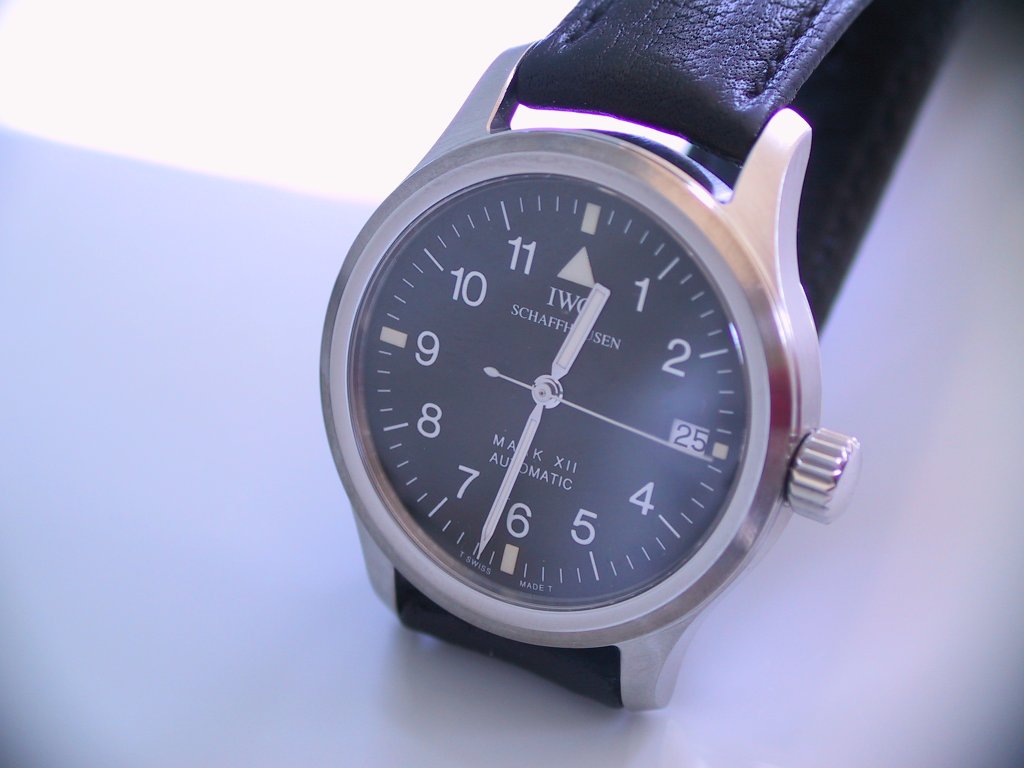
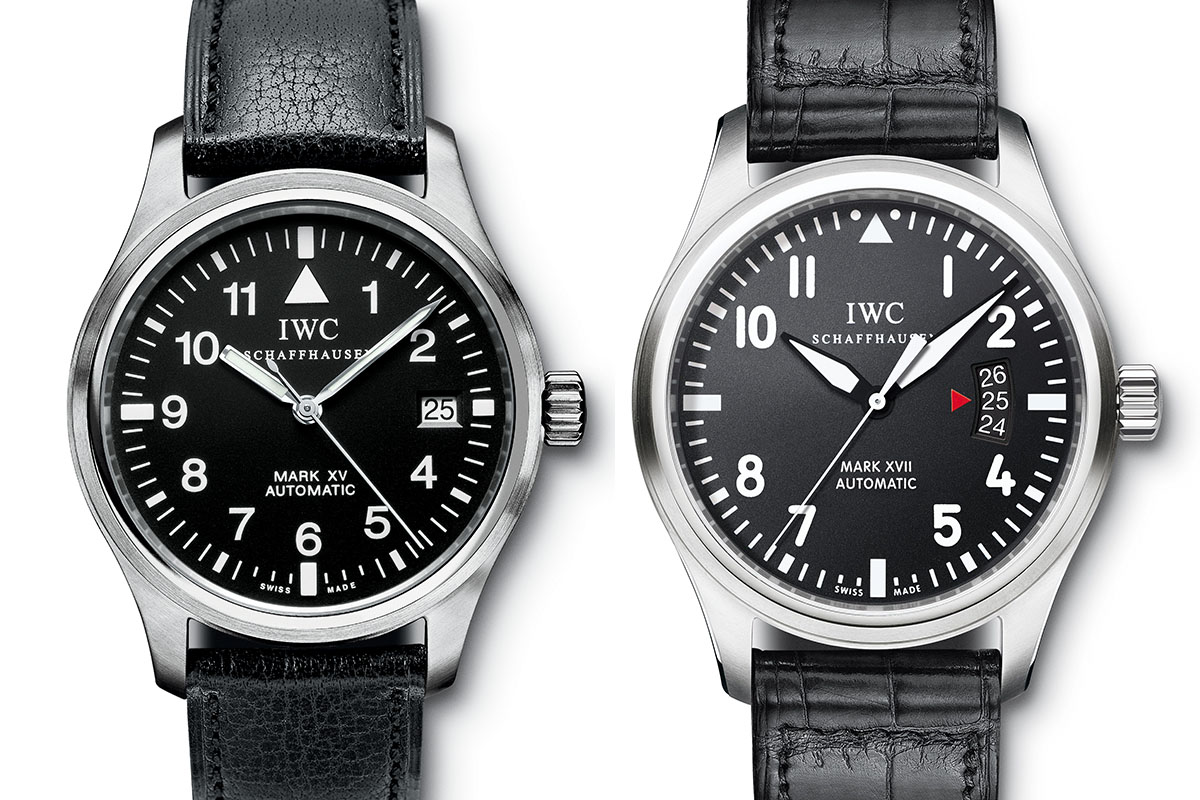
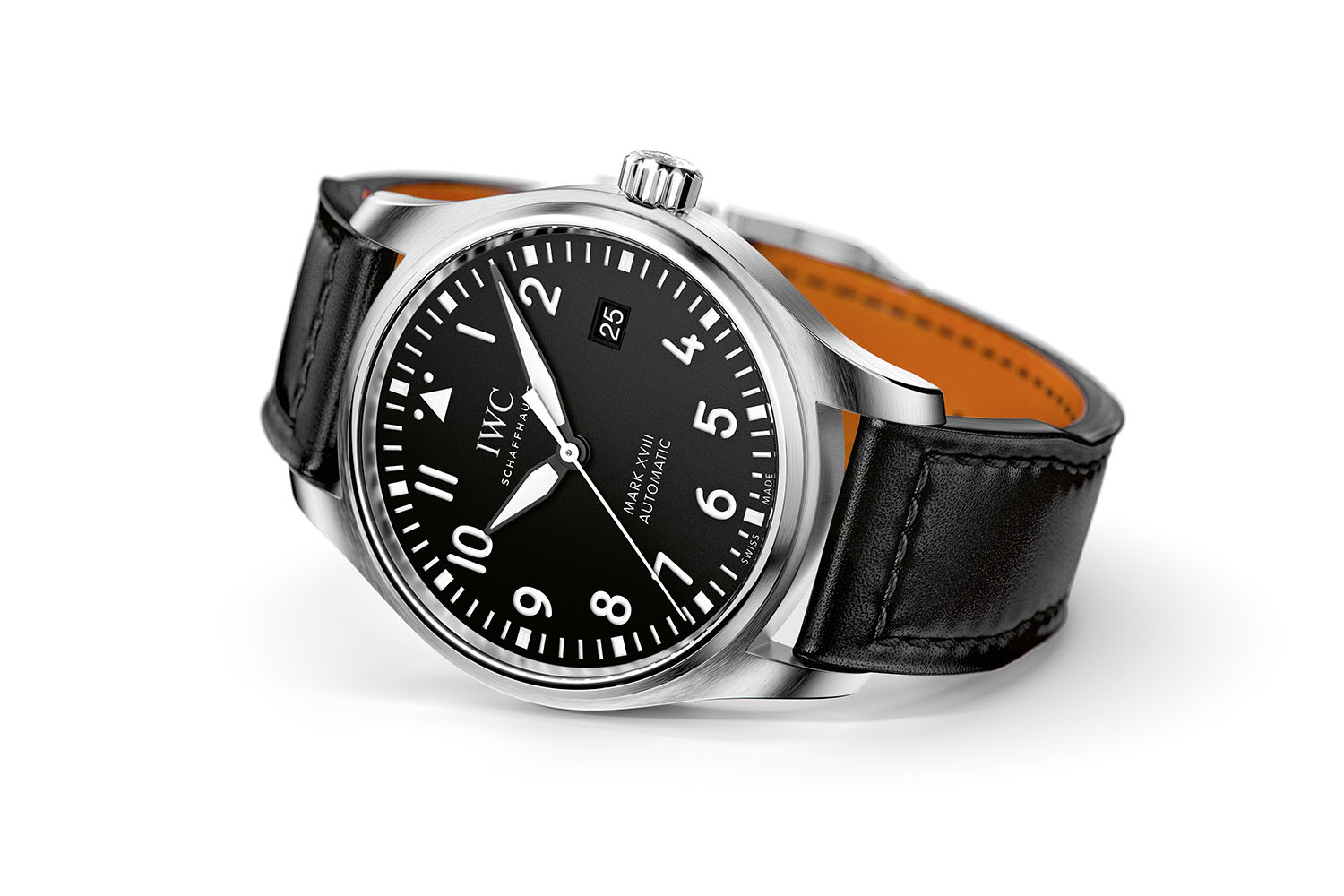
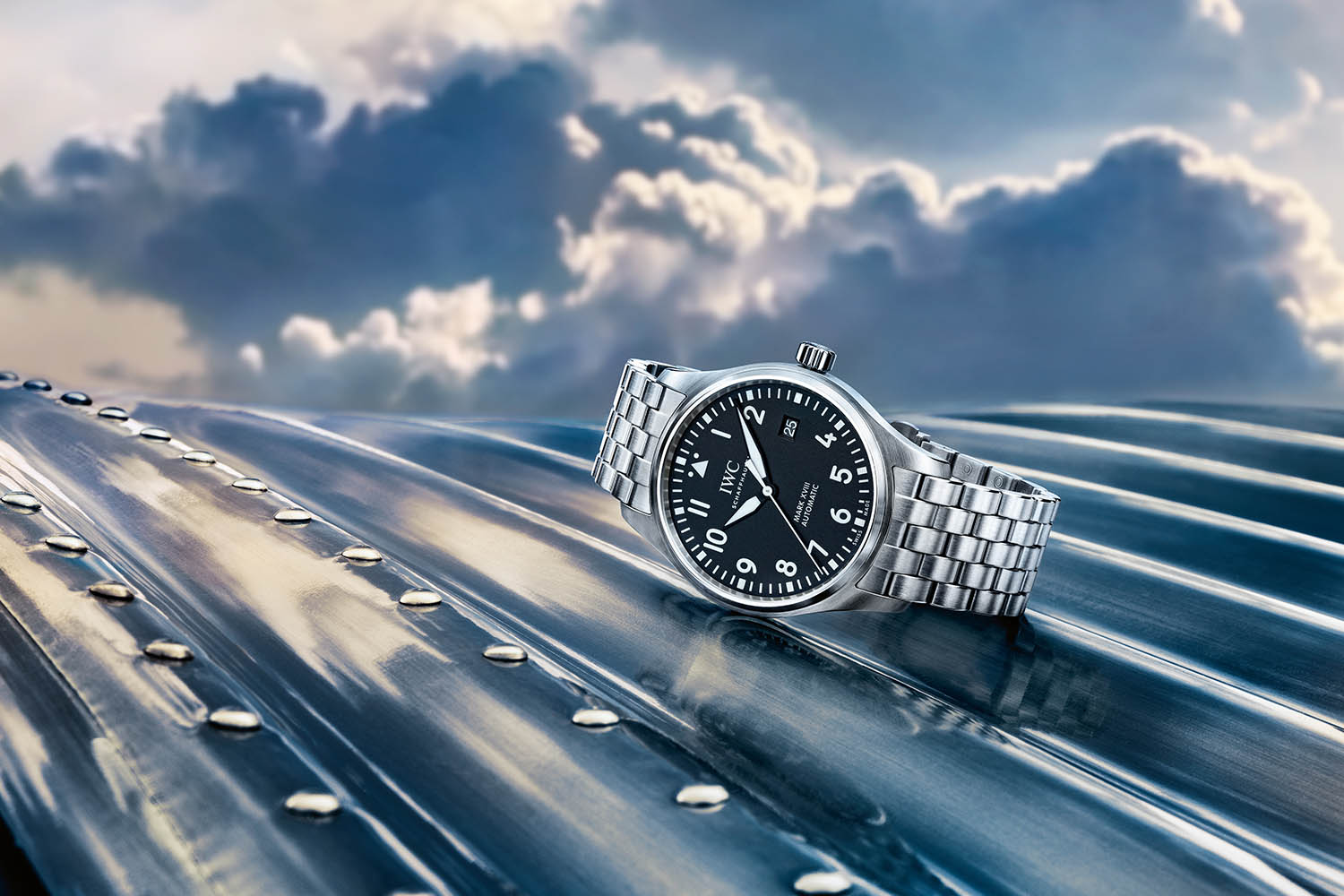


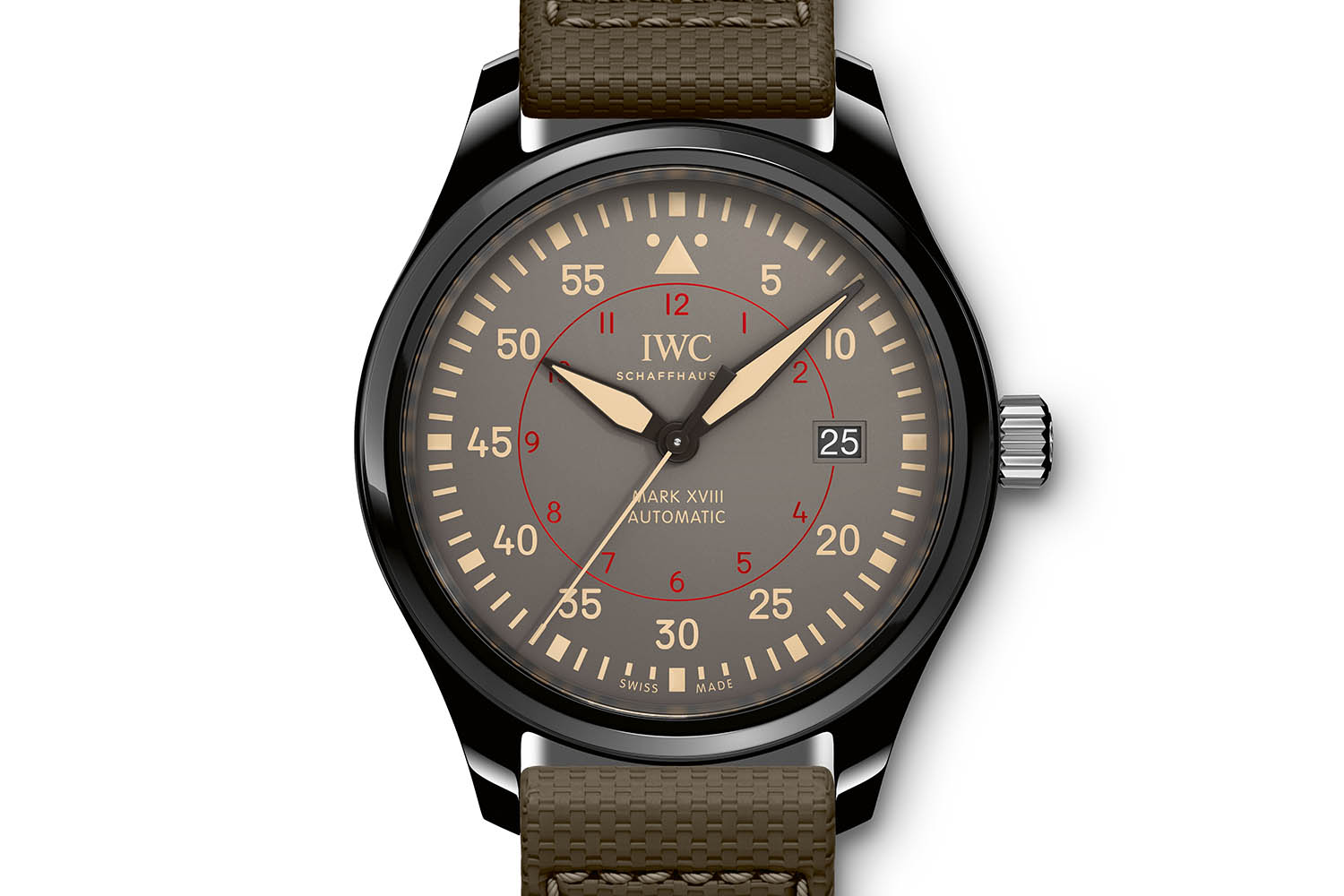
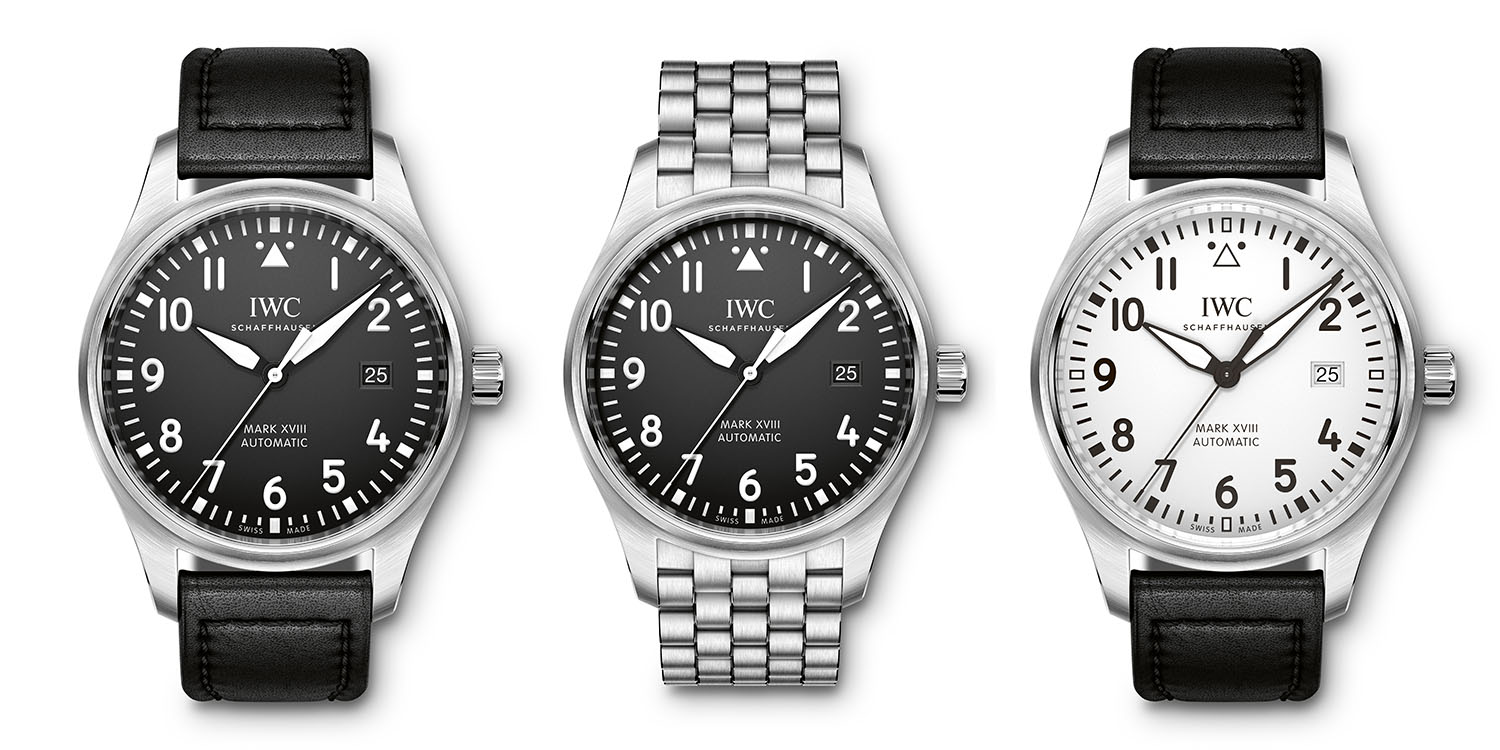



5 responses
Lovely models. All of them are really nice. Specially the Petit Prince and Myanmar
Nice article and nice watches.
I get confused though: “Did ETA not stop to supply products to anybody outside the Swatch group”
I really like the new iterations …
As a past owner of a Mark XV, which I sold because I thought it was too small (sigh), I can attest to the perfect execution of the pilot watch that the IWC Mark series represents. Quality, understated style and elegance come as standard and to be honest, although there are more competitively priced iterations (thank you for that word Freddy), I think very few (notably Germany-originating) brands have the history and tradition behind their pilot watches that IWC have. The new Mark XVIII has gone in my list of “watches to have before I die”.
Excellent article Ilias, thank you.
I visited a few watch boutiques yesterday and IWC were very courteous. They even had a few old-style Ingenieurs on-sale, but the price was very high, the bracelet has zero micro-adjustment and they wanted >$300 for a rubber band! Sorry, the band was 2,000 RMB and (here’s the kicker) the CLASP was a further 1,000 RMB. Gouge much?
I am drawn to the Mk XVII but they do seem overpriced and when pressed they only offered 5% off. I can buy a GS Spring Drive for 75% of the price of a std Mk XVIII!